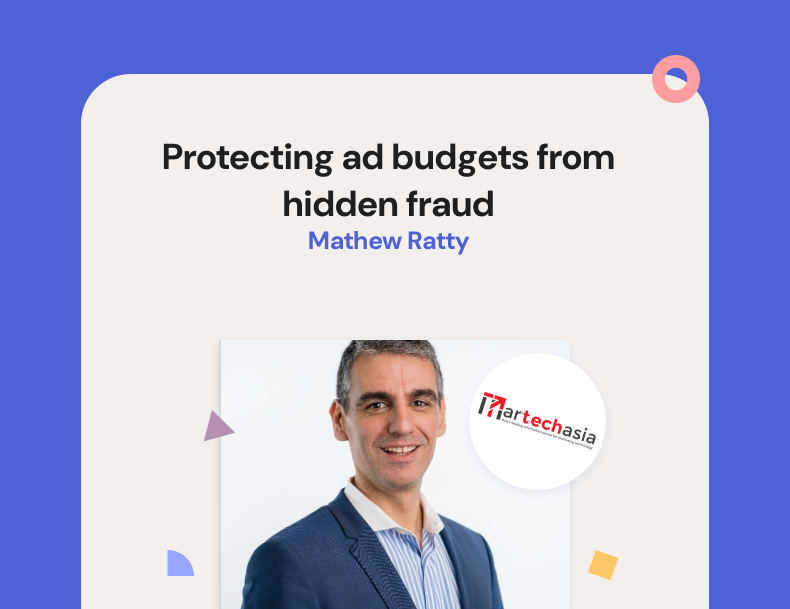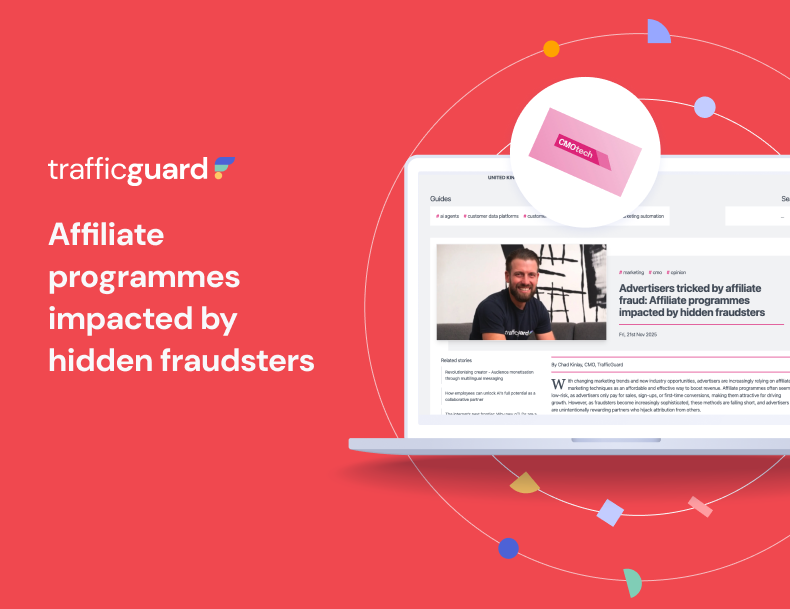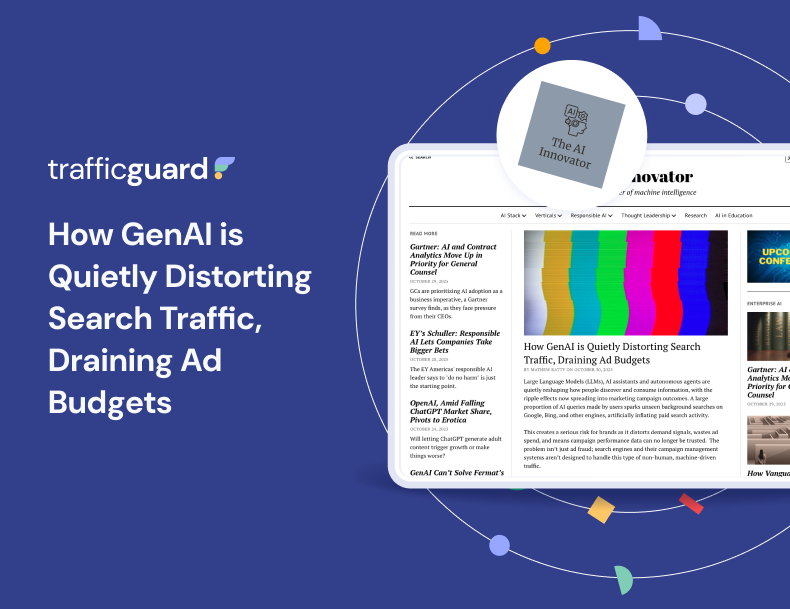Google's Violating Its Own Invalid Traffic Policy at the Cost of Advertisers

This article was first published by Ad Exchanger.
The purpose of advertising is to influence behaviour. But in Google’s search environment, it’s worth considering: Are your ads influencing behaviour or mainly serving as the default front door to your business?
The debate of paid search cannibalizing organic is not a new one, but taking steps to address this in your own search advertising presents an opportunity to make your search advertising more effective.
The opportunity is biggest for consumer goods and services purchased online with high frequency, such as cosmetics, entertainment, electronics and travel.
Take Joe, who likes to gamble online. He places bets on all the big events and has an account with SportsBettingCo. Ahead of the Super Bowl, he Googles SportsBettingCo and clicks through to the site oblivious to the fact that he has just engaged with search advertising at the top of the search results.
Did the ad influence behaviour? No. Joe uses this account to place all of his bets. If the ad wasn’t there, you bet Joe would have still arrived at SportsBettingCo. Pun intended. Joe is practically using the ad as a bookmark for his entry to the site.
Bidding on your own brand makes perfect sense as a defensive strategy for protection from competitors trying to poach your audience (even if you can’t buy all four spots). By contrast, there is a segment of people searching for your brand that will arrive at your site regardless of whether you show them an ad, or not. And Google’s search experience is designed to get them to click on your ad, over your organic ranking, leaving you out of pocket.
Policy violations
Ad fraud gets a considerable amount of media mileage, however, its less sexy sibling invalid traffic (IVT), gets far less. IVT includes ad fraud as well as non-malicious forms of traffic that are not genuine and have no potential to deliver a return on investment for the advertiser. Specifically, they have no potential to influence your target audience’s behaviour. Google defines IVT as engagement that may “artificially inflate an advertiser’s costs or a publisher’s earnings” and, among other guidelines, advises publishers to make sure their ads “do not mimic the surrounding content”.
If we were to apply this policy logic to ads Google runs in search, they would not pass. Considering Google’s own definition of IVT, its practice of placing ads above organic listings means that there will always be some traffic that navigates through the ad oblivious to it being an ad. The cost of the clicks from the segment of the audience that would have arrived at the site regardless is artificial.
Google’s search ads have evolved to look increasingly like organic results over the years. They have taken up more and more search engine result page (SERP) real estate, and are prioritized above organic results. Indeed, when people navigate through advertising, they are often unaware of that fact and follow the shortest path to their desired destination. This is a demonstration of the resemblance between search ads and organic results.
All signs point to Google Ads being guilty of not playing by its own rules.
Also check out: How marketers can protect their online ad dollars from fraud
What to do?
When it comes to brand advertising, it is important to define the difference between brand advertising for incremental uplift and brand advertising that serves as a passage for regular customers to habitually navigate to your site.
While bidding on your brand terms is a good defensive strategy, only part of your audience needs defending. Some will scroll that extra inch past your competitor’s ads to find your organic site result. So, how can you take the ad spend that would have been spent on people coming to your site anyway, and redirect it to influence more new traffic to get there?
- Get visibility – The first step is to get an understanding of how much budget is going towards reaching people that unknowingly engage with your ads to navigate to your site. While you can’t read every Googler’s mind, you can see whether you have a cohort of customers that frequently return through brand advertising, and how much ad spend their activity has consumed
- Measure your baseline – Before you make changes, gauge your baseline conversion volume across paid and organic as a benchmark for comparison to be referenced in steps three and four
- Take action – Using a search verification tool for optimization, you can implement custom validation against the sources of repeated engagement
- Measure change – Once you have implemented custom validation, check whether the overall number of conversions changed. Success looks like this:
- Paid search – decline in total conversions because you are no longer getting ad engagement for those customers that were previously a sure thing. They are still converting but are sitting in your Organic bucket. While you have a decline in conversions, what you should have is an increase in net-new conversions because more of your budget has gone to influencing impressionable audiences
- Organic search – increase in total conversions greater than the decrease from paid search. All those customers that previously navigated via advertising out of habit live in this bucket now
- Overall – increase in total conversions because more ad spend is going to reach your net-new customers
The phenomenon of paid search cannibalizing organic search has been debated for years. Most search professionals can see that it occurs, yet many don’t know how to resolve it. This is an opportunity for search advertisers to reclaim budgets to help deliver net gains to their overall marketing efforts.
Get started - it's free
You can set up a TrafficGuard account in minutes, so we’ll be protecting your campaigns before you can say ‘sky-high ROI’.
At TrafficGuard, we’re committed to providing full visibility, real-time protection, and control over every click before it costs you. Our team of experts leads the way in ad fraud prevention, offering in-depth insights and innovative solutions to ensure your advertising spend delivers genuine value. We’re dedicated to helping you optimise ad performance, safeguard your ROI, and navigate the complexities of the digital advertising landscape.
Subscribe
Subscribe now to get all the latest news and insights on digital advertising, machine learning and ad fraud.







